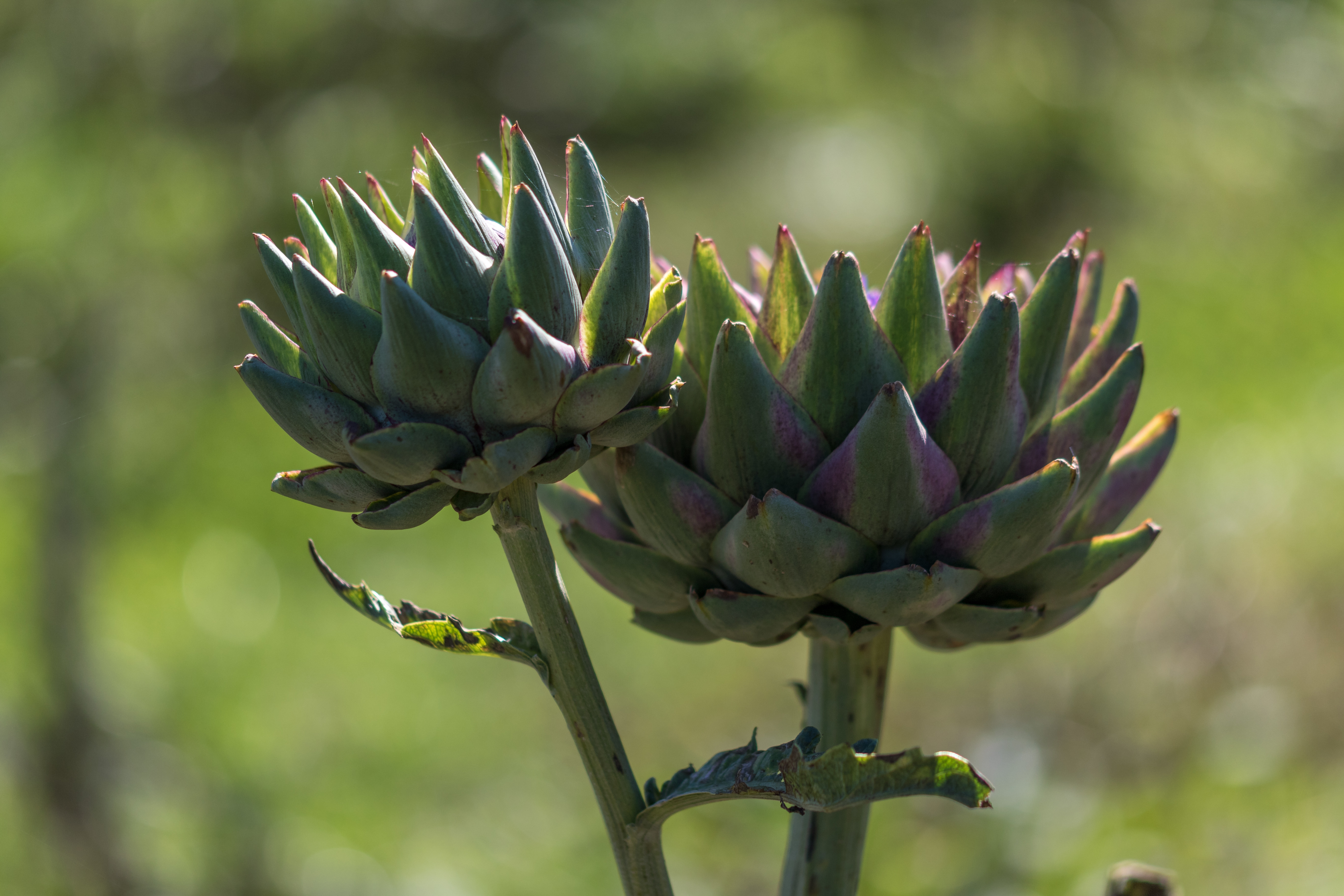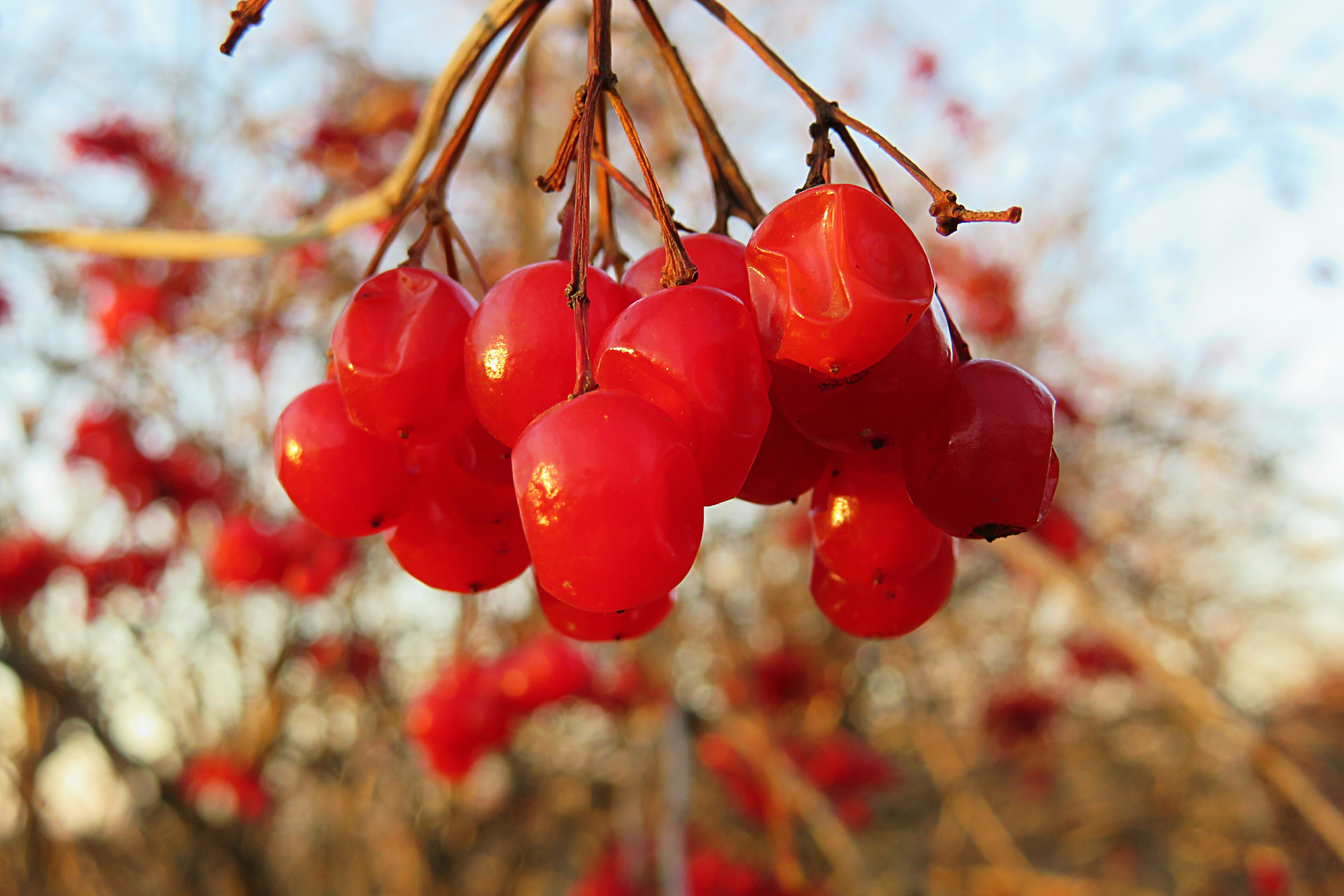Written by Acadia Tucker
My dark winter nights are generally spent curled next to a fire devouring every seed catalog that can fit into my mailbox. Dreaming of the tomatoes, peas, and corn I’ll plant in the spring helps me survive the blistering cold winter here in New Hampshire.
When the weather warms up and my dreaming about garden-fresh food turns into full-blown spring planting frenzy, I’m grateful for my perennials. Because while I’m planting the tiny seeds I’ve saved up over the winter and waiting for that first tender head of lettuce to appear, I already have glorious asparagus spears pushing through the still-chilled soil, screaming to be steamed and eaten with butter and lemon.
Not only can perennials grow through the winter and survive for many seasons, they also require little fuss or tending to and nourish your soil.
Perennials typically stick around through the cold, wind, and rain. In late winter when my chili plants wither away in the compost pile, I can dig up fresh horseradish roots to spice up any dish. I keep thyme outside my kitchen door so when the weather is bad, I can lean out without taking off my slippers and snip a few sprigs for my roasted potatoes. After the first frost, I always bring a few cuttings of spearmint inside to grow so I am never without a fresh cup of mint tea. You’ll always have a fresh harvest with perennials in the garden.
Perennials Have Deep-Rooted Resistance
The primary reason for the sturdiness of these plants is the deep network of roots that anchor them. I plant lavender or thyme on my sunny garden slopes, for instance, to avoid winter washouts.
This extensive root system makes it easier for perennials to find water and nutrients deep in the subsoil, where annuals can’t reach. Deep roots also give these plants staying power during climate extremes, like drought, heavy winds, and flooding. While I’ve lost plenty of tomatoes to strong northeasterly storms, I’ve never gone a season without fresh strawberries.

The fact that perennials stay put when the winter bears down allows them to nourish the soil. As their leaves decompose they release nutrients back into the soil and produce humus, a carbon-rich molecule that makes up the dark topsoil in your garden. The creation of humus increases soil fertility and stores carbon underground in a form so stable it can stay in the soil for hundreds of years.
Plant Perennials for Healthy Soil
Planting perennials creates a positive feedback loop that enhances soil fertility while reducing greenhouse gases in our atmosphere. By contrast, the constant tilling, replanting, and use of chemical pesticides typical of conventional farming strips the soil of nutrients and exposes soil carbon to the air where it oxidizes into carbon dioxide (C02), a powerful greenhouse gas.
In short, the fresh rosemary, mint, artichokes, and more, that I grow in my garden makes my community greener by actually helping reverse global warming. Amazing, right? It’s why growing perennials can be among the most powerful steps each of us can take to build a better world, and yet another reason to love them.
Acadia Tucker has written Growing Perennial Foods: A field guide to raising resilient herbs, fruits, and vegetables, and Growing Good Food: A citizen’s guide to carbon gardening. She farms and gardens in New Hampshire.
Originally posted 2019-01-02 08:49:34.







